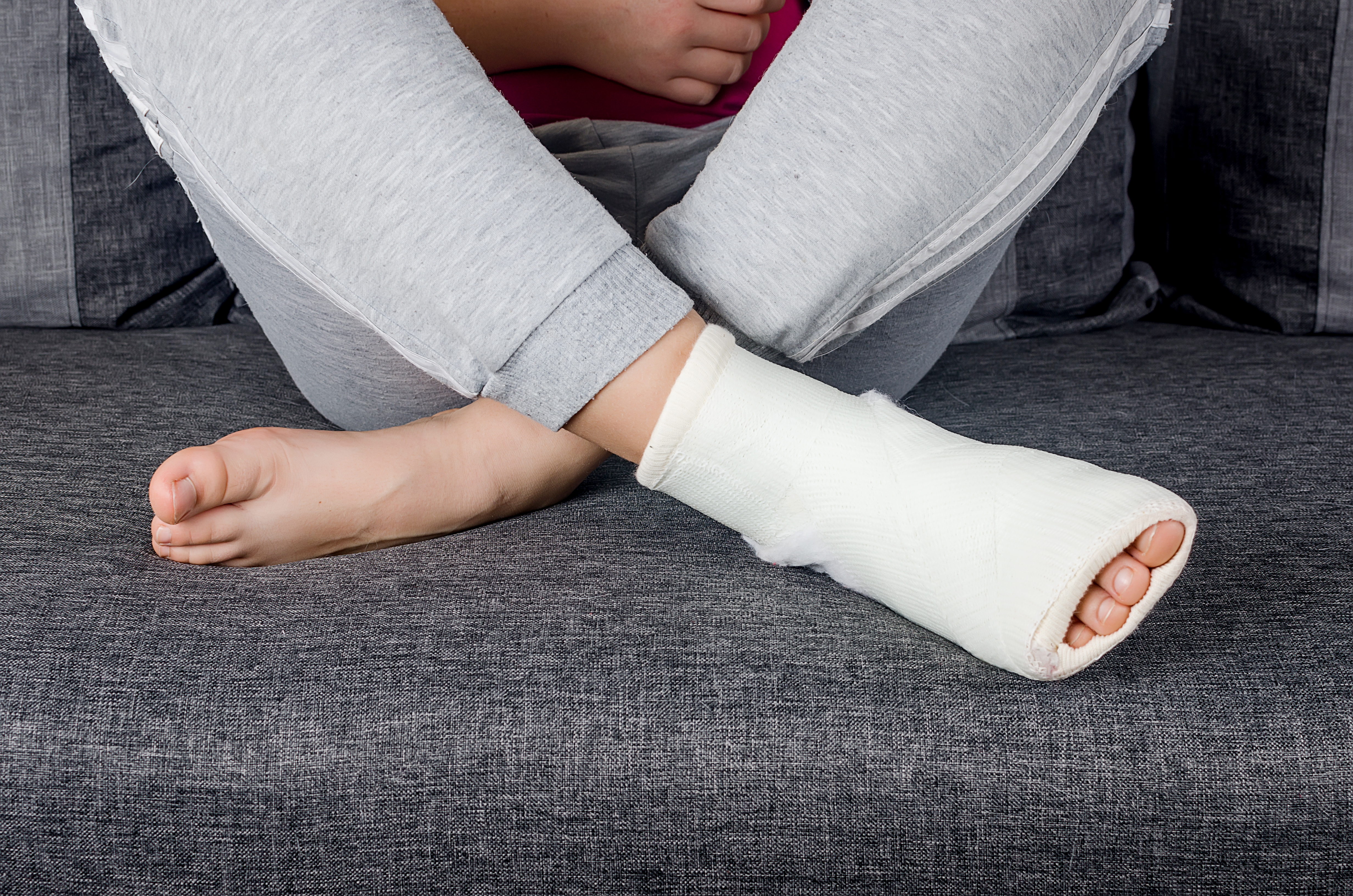Unraveling the Top Culprits Behind Persistent Foot Pain
9. Stress Fractures - The Subtle Saboteur

Stress fractures are tiny cracks in a bone caused by repetitive force or overuse, often affecting the weight-bearing bones of the foot. Athletes, particularly runners and dancers, are at higher risk due to the repetitive stress placed on their feet. Symptoms include pain that worsens with activity and subsides with rest, swelling, and tenderness. Risk factors include sudden increases in physical activity, inadequate footwear, and poor bone density. Treatment involves rest, ice application, and supportive footwear to allow the bone to heal. In severe cases, immobilization or surgical intervention may be necessary. Understanding stress fractures and their prevention is crucial for athletes and active individuals to maintain foot health and prevent long-term damage.
10. Peripheral Artery Disease (PAD) – The Circulatory Concern

Peripheral Artery Disease (PAD) is a condition in which narrowed arteries reduce blood flow to the extremities, often affecting the feet and legs. This restricted circulation can lead to pain, cramping, numbness, and slow-healing wounds, making even routine activities like walking or standing uncomfortable. PAD is commonly caused by a buildup of fatty deposits (atherosclerosis) in the arteries, which can be exacerbated by risk factors such as smoking, diabetes, high cholesterol, and hypertension. One of the hallmark symptoms of PAD is intermittent claudication—pain that occurs in the legs or feet during activity but subsides with rest. Left untreated, PAD can lead to severe complications, including ulcers, infections, and an increased risk of amputation. Treatment focuses on improving circulation through lifestyle changes such as regular exercise, a heart-healthy diet, and smoking cessation. In more advanced cases, medication or surgical interventions like angioplasty may be necessary. Recognizing PAD early is crucial for preventing further vascular damage and maintaining foot health.
